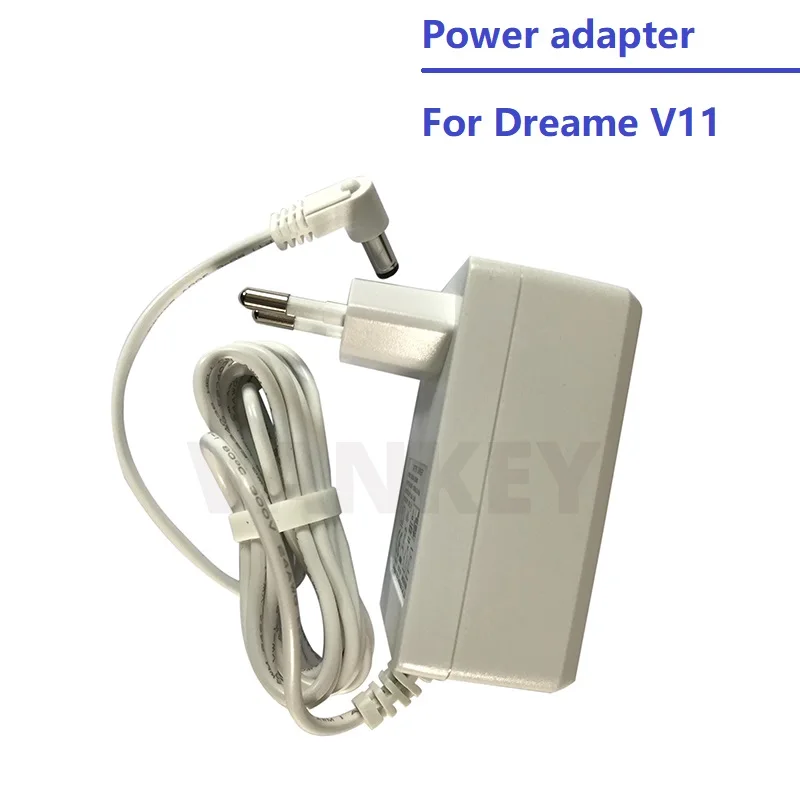

Many USB-C cables are designed with a maximum wattage that’s far below the capacity of the adapter, or can only carry data and low-wattage power over USB, such as is used to charge an iPhone or iPad.Īpple notes also in its notes on troubleshooting USB-C adapters: “Some possible sources of line noise include lights with ballasts, refrigerators, or mini-refrigerators that are on the same electrical circuit as the outlet you’re using. You need another one that’s designed to carry the wattage noted. But you can still check whether the adapter is recognized and the adapter is attempting to charge it.Īll of Apple’s USB-C power adapters have a removable charging cable. Likewise, an 89W laptop can charge with a 29W one, though it may charge very, very slowly or you might even see the battery decline. If you have a laptop that comes with a 29-watt adapter, you can use an 89W one or vice versa: the laptop that requires 29W charges fully when in use with a paired 29W adapter, but it doesn’t pull in more electricity than necessary with a higher-wattage one. However, a frequently used adapter may look fine to the eye, but the internal wiring or circuitry and components in the power conversion part that handles AC-to-DC transformation could be on their way out.įor Macs with USB-C ports (released starting in 2015), it’s okay to test with an adapter that’s rated with higher or lower wattage than your laptop, by the way. It’s natural to look at your power adapter for signs of wear, like a crushed portion, fraying cable insulation, bent or marked AC plug blades, dirty or bent parts of the laptop connector, or other signs of problems. Usage History in Big Sur reveals the pattern of charging on your laptop. This chart may reveal a pattern of slow failure. Lithium-ion batteries face additional wear when fully charged all the time, which reduces battery life. Starting in Big Sur, Apple automatically throttles and adjusts your charging pattern to reduce stressing the battery: it no longer charges the battery to 100 percent at all times, but based on your usage, keeps it at 80 percent whenever possible. In Big Sur, you can also use the Battery preference pane’s Usage History view to examine how and when your battery has been in use and when it’s been recharged. If you deplete to 50 percent on two successive days and recharge to 100 percent, it counts as one cycle.) (A cycle measures 100 percent of the capacity discharged, not the time between being unplugged and plugged back in. The more cycles, the lower total capacity the battery has remaining, though it should be both years and hundreds of cycles before you see degradation below 80 percent. The Cycle Count isn’t the number of times you’ve charged, but rather the total capacity of the battery divided by the total energy every used. Look for Condition there, where you can also see Cycle Count and, on certain models and versions of macOS, Maximum Capacity. In Big Sur through many earlier releases, you can hold down the Option key and select > System Information and click the Power item under Hardware in the left-hand navigation bar. If the battery dies entirely, an X appears through the battery icon, and the message reads No Battery Available. You may also see one of a number of other messages that Apple doesn’t document, such as Service Recommended, Replace Soon, or Replace Now, all of which have a little more urgency, as the operating system has deemed the battery holds a charge poorly, or even not at all.

The condition should be listed as Normal, but if the battery’s maximum capacity has dropped below a certain point (which Apple doesn’t specify), it might say Service Battery. Big Sur shows the current battery parameters, but not battery health.


 0 kommentar(er)
0 kommentar(er)
